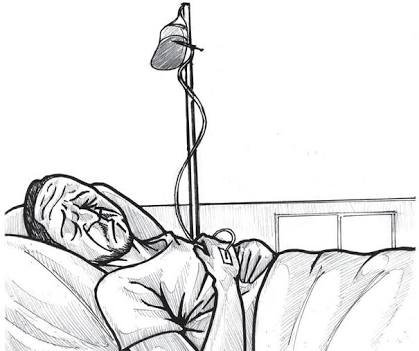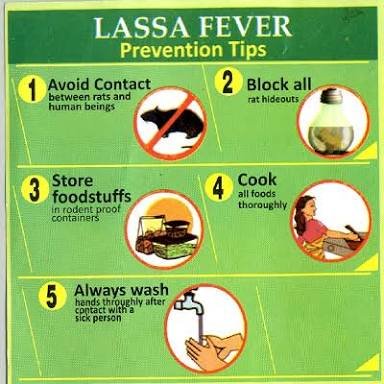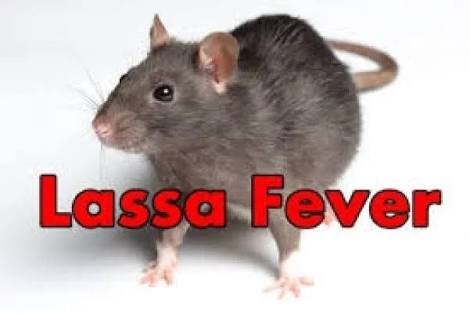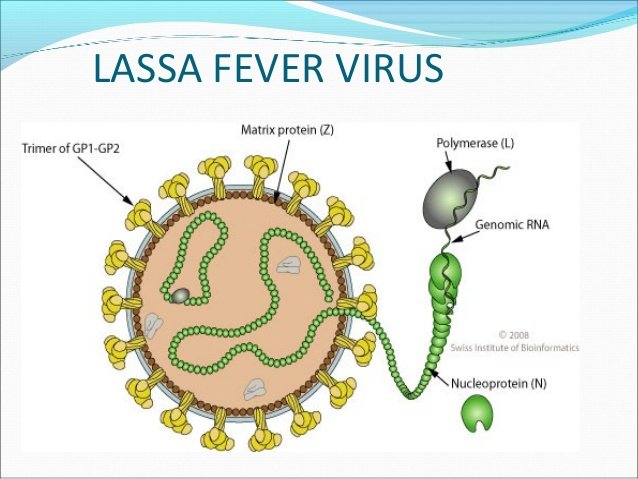TEARS OF BLOOD- THE LASSA FEVER STORY @gprince
LASSA FEVER
Background Of Lassa Fever 🤒
Though first described in the 1950s, the virus causing Lassa disease was not identified until 1969. The virus is a single-stranded RNA virus belonging to the virus family Arenaviridae.
Lassa fever is a zoonotic disease, meaning that humans become infected from contact with infected animals. The animal reservoir, or host, of Lassa virus is a rodent of the genus Mastomys, commonly known as the “multimammate rat.”

About 80% of people who become infected with Lassa virus have no symptoms. 1 in 5 infections result in severe disease, where the virus affects several organs such as the liver, spleen and kidneys.
Lassa fever is known to be endemic in Benin (where it was diagnosed for the first time in November 2014), Ghana (diagnosed for the first time in October 2011), Guinea, Liberia, Mali (diagnosed for the first time in February 2009), Sierra Leone, and Nigeria, but probably exists in other West African countries as well.
The Signs and Symptoms Of Lassa Fever 🤒

Signs and symptoms of Lassa fever typically occur 1-3 weeks after the patient comes into contact with the virus. For the majority of Lassa fever virus infections (approximately 80%), symptoms are mild and are undiagnosed. Mild symptoms include slight fever, general malaise and weakness, and headache.
In 20% of infected individuals, however, disease may progress to more serious symptoms including
- hemorrhaging (in gums, eyes, or nose, as examples),
- respiratory distress,
- repeated vomiting,
- facial swelling,
- pain in the chest, back, and abdomen, and shock.
Neurological problems have also been described, including hearing loss, tremors, and encephalitis. Death may occur within two weeks after symptom onset due to multi-organ failure.

TREATMENT

Prevention/ How To Knock-out Lassa Fever
There are several ways it can be prevented.
 Image Source
Image Source
Trapping in and around homes can help reduce rodent populations.
Prevent and avoid rodents living in your homes and surroundings.
Keep your house and Environment clean so as to help to discourage rodents from entering homes.
Cover all foods and water properly, Store foodstuffs in rodent proof containers
Cook all foods thoroughly
Block all rat hideout
If you suspect that rat has eaten any food, discard it
Stop eating and consumption of Rats
Keep cats away
When caring for infected persons , careful measures should be observed so as to avoid person-to-person contact. Measures such as ;

using infection control measures, such as complete equipment sterilization;
isolating infected patients from contact with unprotected persons until the disease has run its course.
Awareness and educating people who live in high-risk areas about concern and effects of this virus.
The availability of the only known drug treatment, ribavirin should be increased
Isolating infected patients from contact with unprotected persons until the disease has run its course.
DISCLAIMER
NOT ALL THIS ARTICLE WAS COMPOSED BY ME, I ALSO DID RESEARCH ABOUT IT. WHICH THE LINKS ARE LISTED BELOW
http://www.who.int/mediacentre/factsheets/fs179/en/
https://www.cdc.gov/vhf/lassa/treatment/index.html
http://www.evatese.com/lassa-fever-causes-symptoms-and-prevention/
https://www.sciencedirect.com/science/article/pii/S003592030900234X
SIDE IMAGES
Image Source
Image Source
Image Source
Image Source
Image Source
Lassa Fever is a very Wide Topic Which I tried as much as possible to shorten it but, am sorry my words are little more than 350
WORD COUNT: My article+Researched= 600+
All Thank to @Air-clinic for this contest
Thanks For Viewing....
 @gprince
@gprince

Please kindly don't forget to


Congratulations! This post has been upvoted from the communal account, @minnowsupport, by Golden_Prince[sup] from the Minnow Support Project. It's a witness project run by aggroed, ausbitbank, teamsteem, theprophet0, someguy123, neoxian, followbtcnews, and netuoso. The goal is to help Steemit grow by supporting Minnows. Please find us at the Peace, Abundance, and Liberty Network (PALnet) Discord Channel. It's a completely public and open space to all members of the Steemit community who voluntarily choose to be there.
If you would like to delegate to the Minnow Support Project you can do so by clicking on the following links: 50SP, 100SP, 250SP, 500SP, 1000SP, 5000SP.
Be sure to leave at least 50SP undelegated on your account.